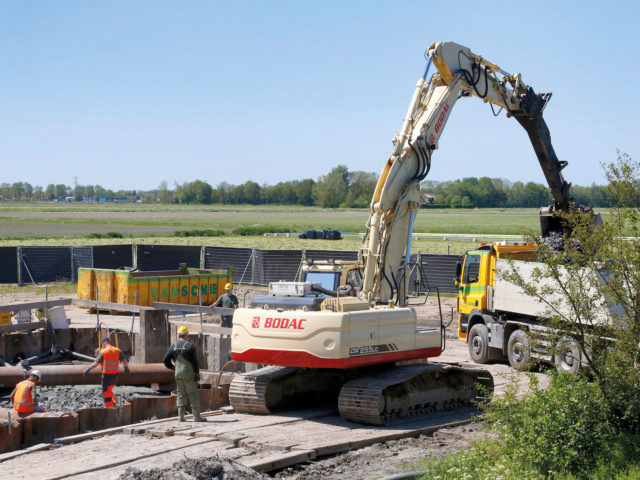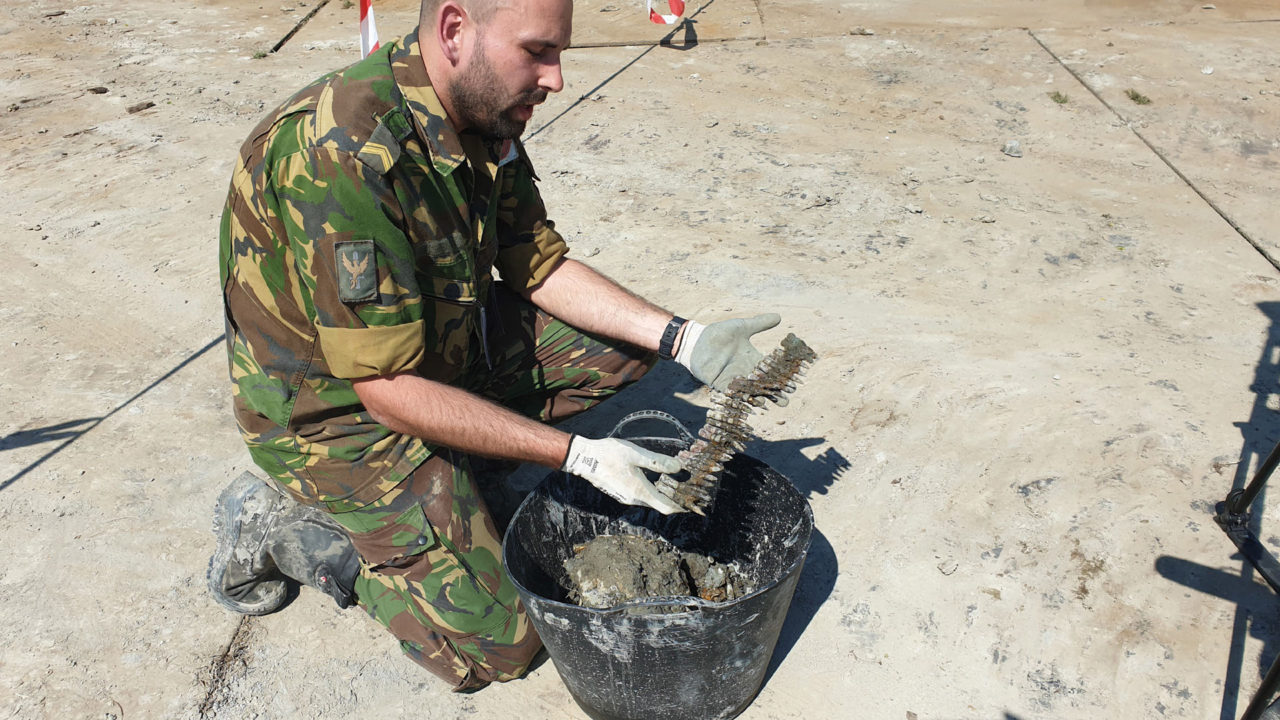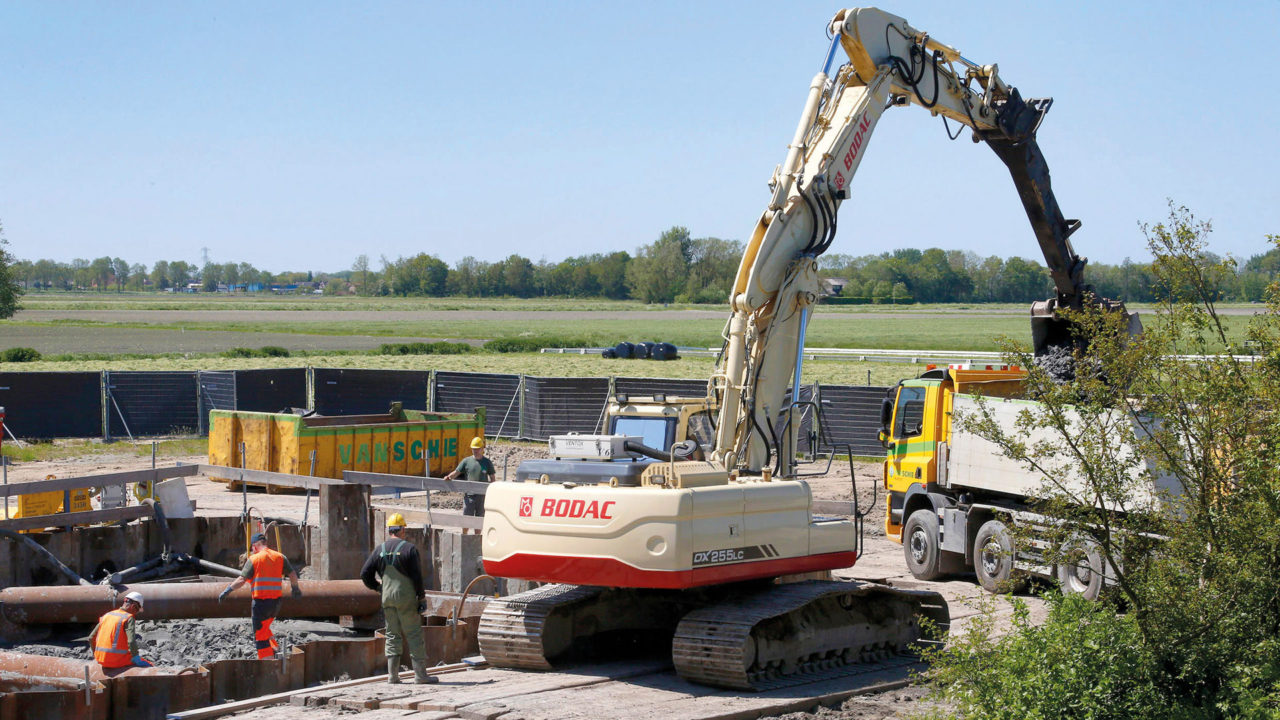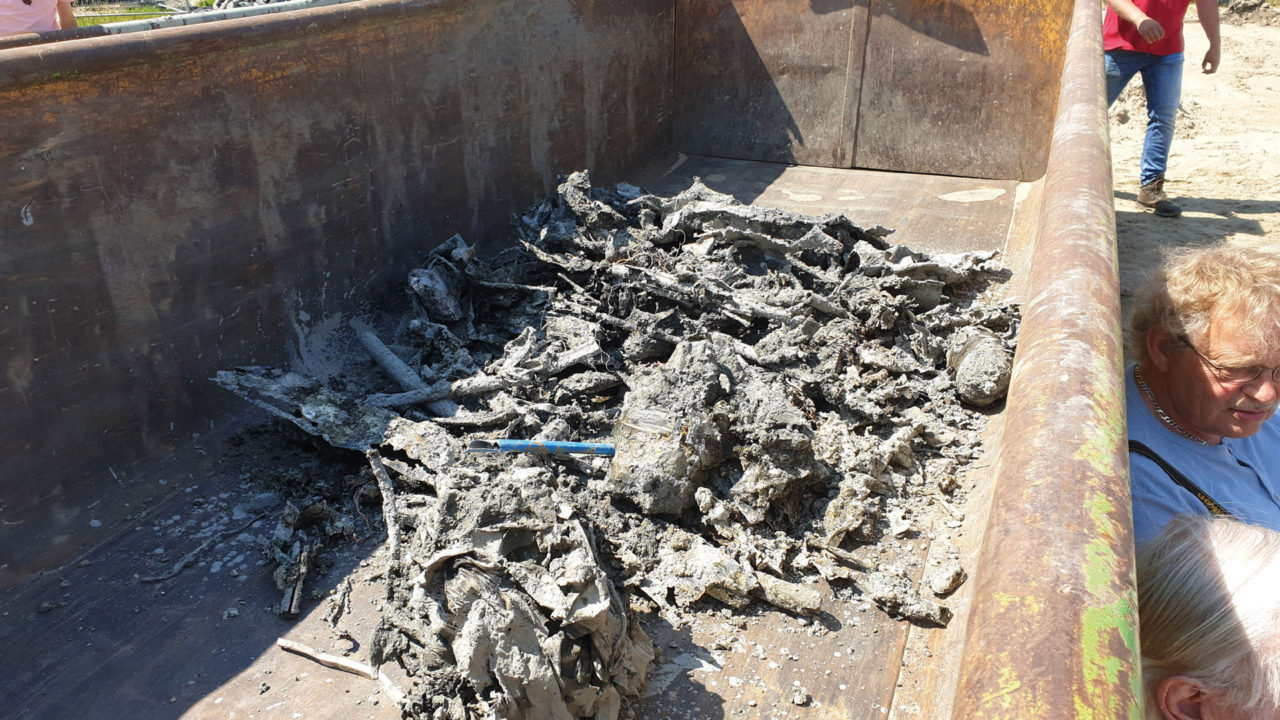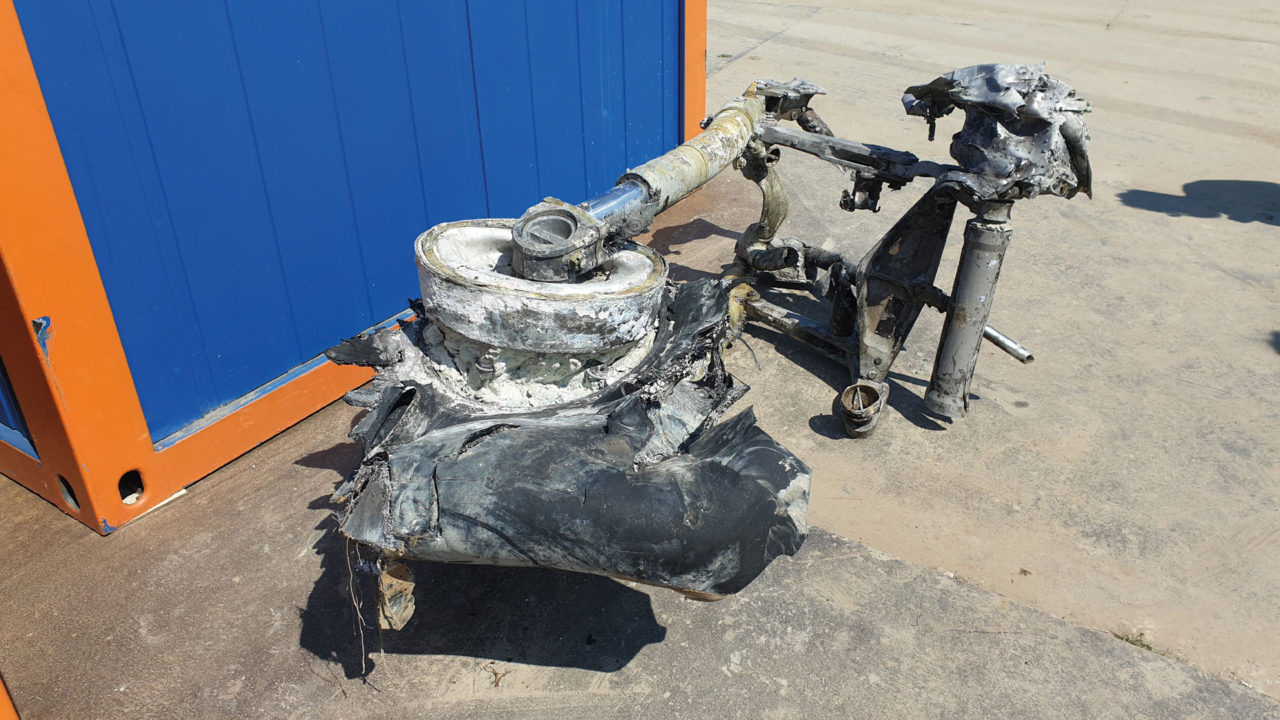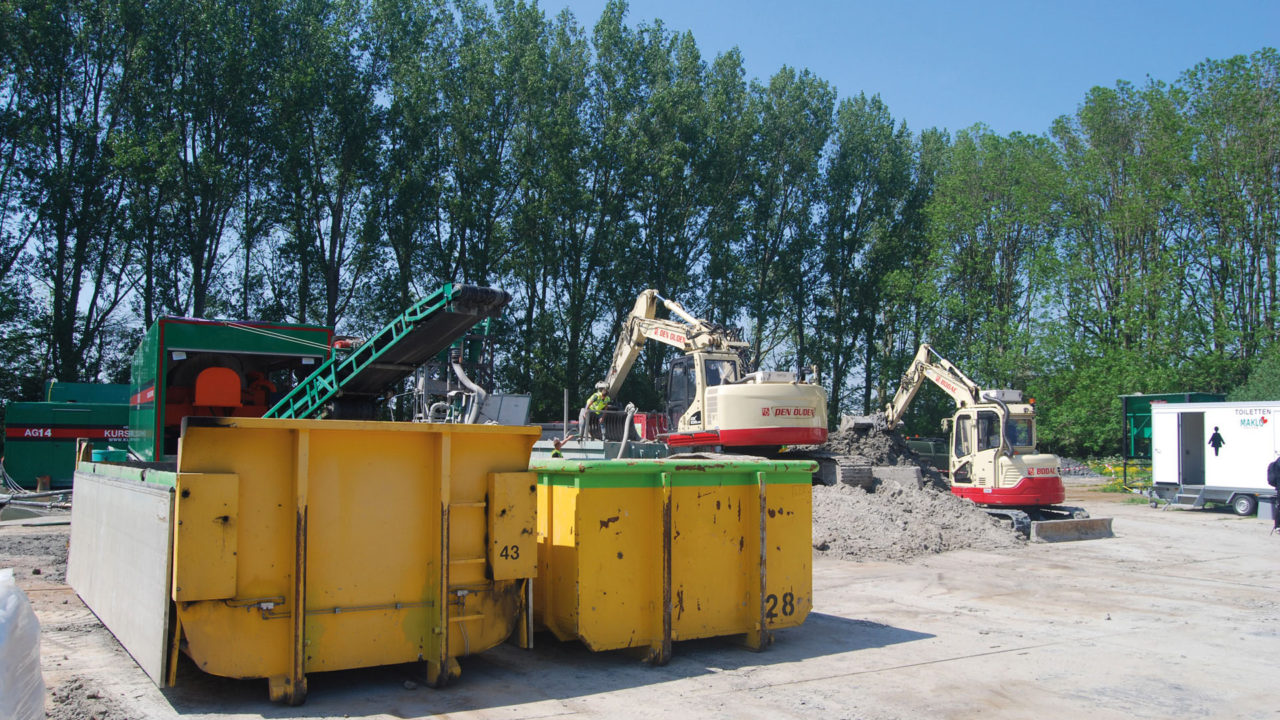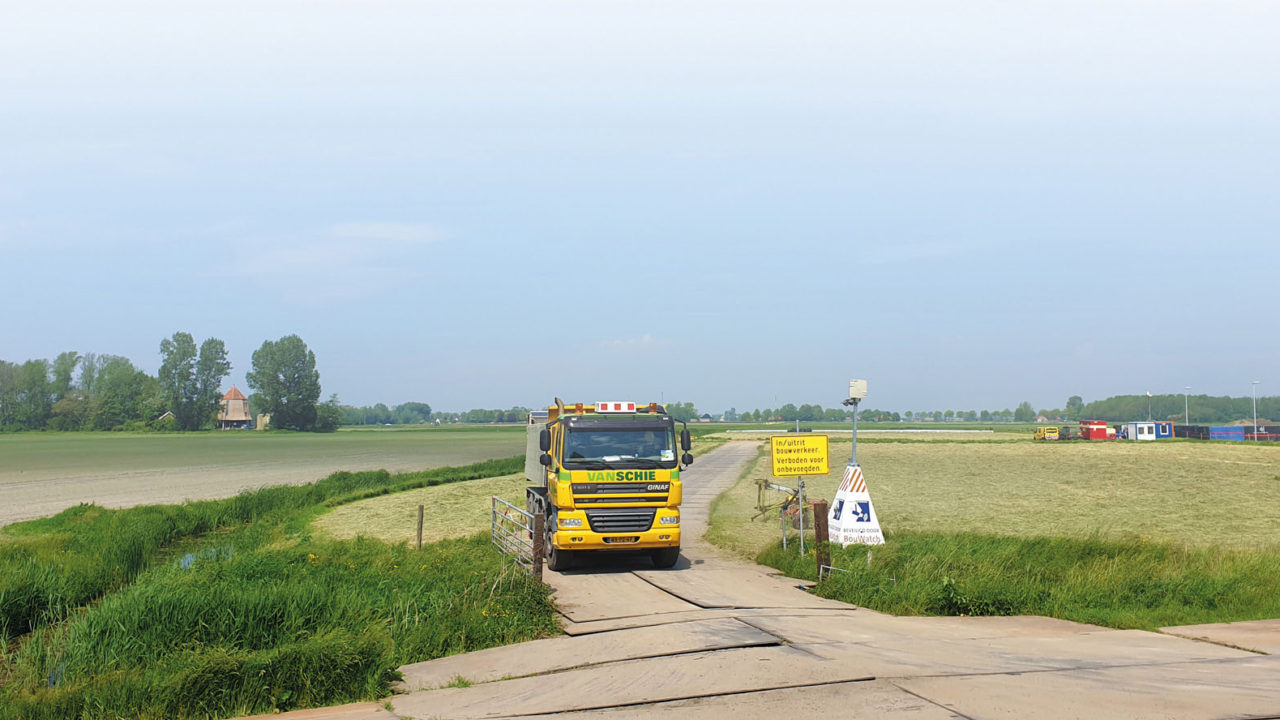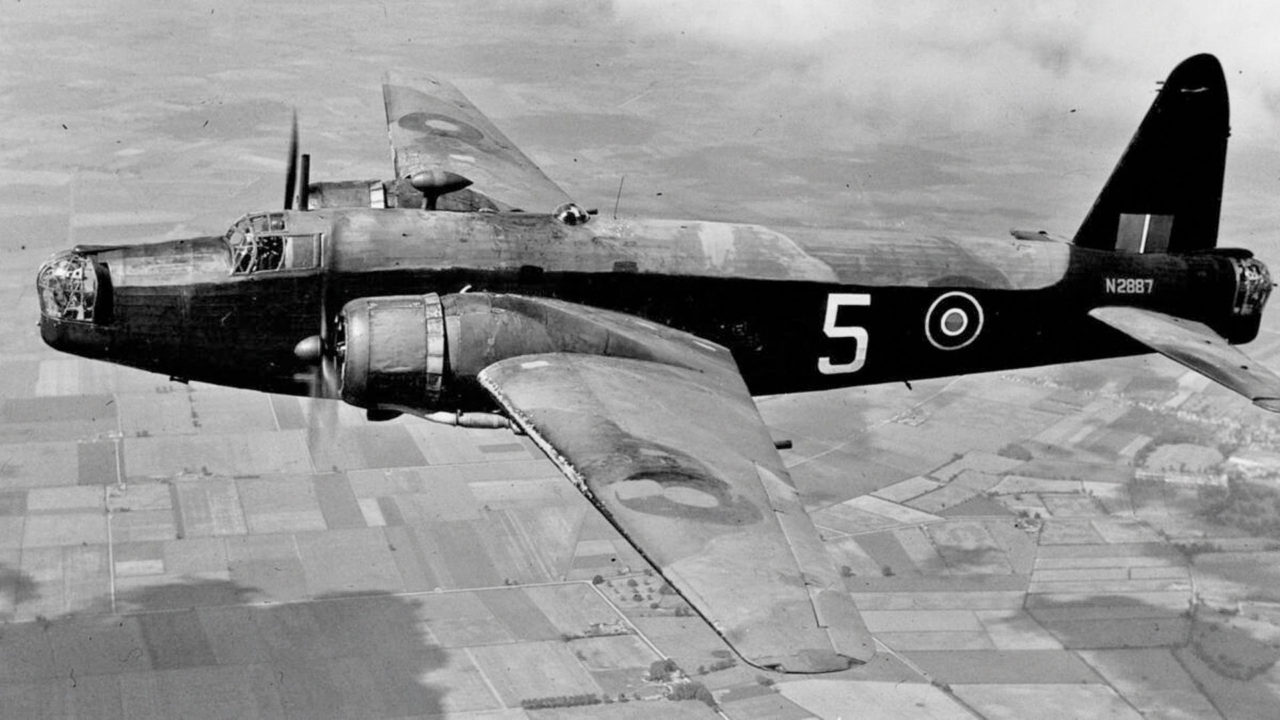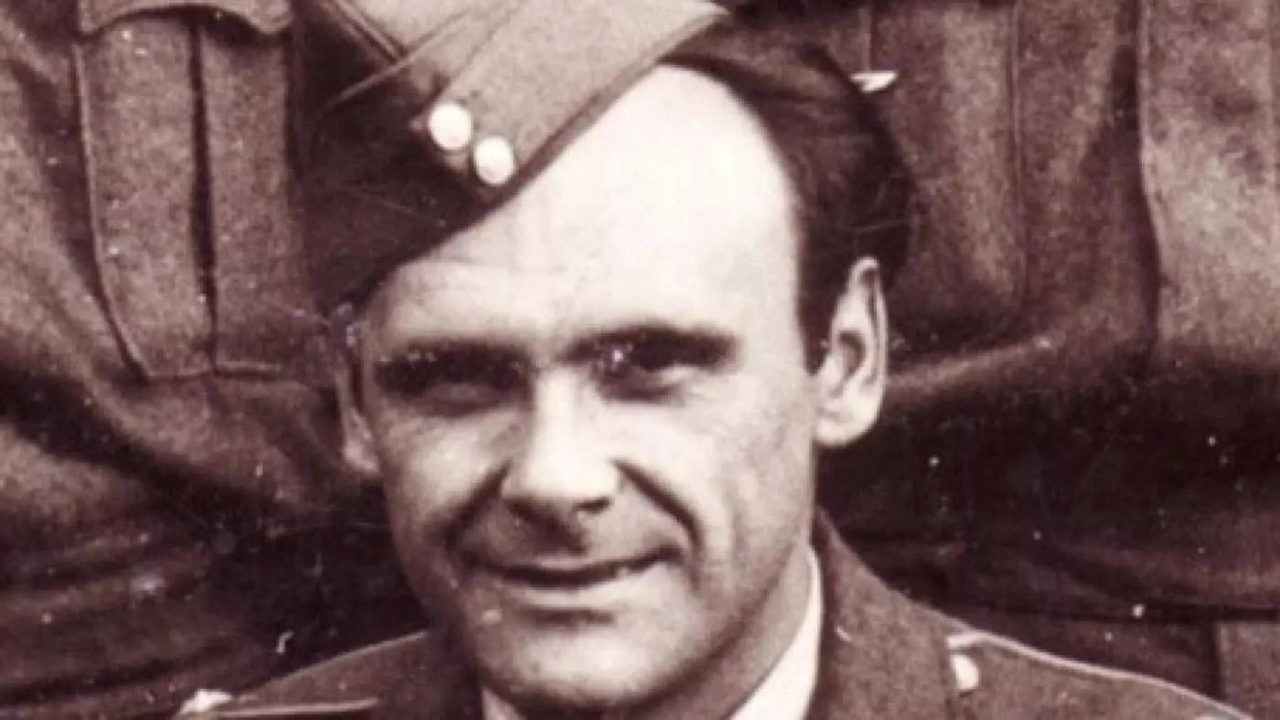When the Czech Republic was occupied by the Germans, many Czechs fled to England to join the fight for a free Europe from there. On the night of June 22, 1941, a Vickers Wellington type bomber took off to carry out a bombing attack on Bremen, with six Czech crew members on board.
On the way back to its home base in England, the plane was shot at by a German night fighter, after which it crashed burning on a plot of land on Canal Road.
It was later revealed that only the pilot had survived the crash with the help of his parachute. He did not get far, had his leg broken and was captured by the Germans. His name: Vilem Bufka. No trace of the other five.
Probably because the plane had drilled itself meters deep into the ground. Bufka was released after the war and died in 1967. It is almost certain that the five others are still in the wreckage. It is important that they be recovered and identified, also out of respect for the next of kin.


